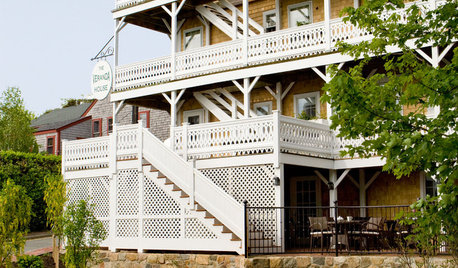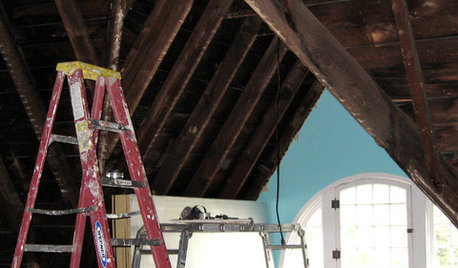A lesson in checking your roses more often (RRD photos)
Karolina11
9 years ago
Related Stories

ARCHITECTURE5 Midcentury Design Lessons for Modern-Day Living
The era’s simple and economical materials and open, energy-smart floor plans still have relevance today. See why
Full Story
GARDENING GUIDESLessons in the Rewards of Selfless Gardening
Let go of gardening for your own vision and watch the garden’s own true vision come forth
Full Story
SELLING YOUR HOUSEA Moving Diary: Lessons From Selling My Home
After 79 days of home cleaning, staging and — at last — selling, a mom comes away with a top must-do for her next abode
Full Story
SMALL SPACESDesign Lessons From Tiny Homes
Microspaces in a Phoenix exhibition abound in innovative ideas we can all use
Full Story
LIGHTINGA Lesson In Lighting: How To Use Wall Sconces
Three Bright Ways to Make Wall Lights Work for You
Full Story
DECORATING GUIDESLessons in Living Comfortably: Embrace the Scratches and Dents
When you celebrate wear and tear, you send a message that your home is designed for relaxation
Full Story
HOUZZ TOURSHouzz Tour: Design Lessons From a Nantucket Inn
From Hotel to Home: How to Make Comfort and Chic Come Together
Full Story
REMODELING GUIDES8 Lessons on Renovating a House from Someone Who's Living It
So you think DIY remodeling is going to be fun? Here is one homeowner's list of what you may be getting yourself into
Full Story
SMALL SPACESLife Lessons From 10 Years of Living in 84 Square Feet
Dee Williams was looking for a richer life. She found it by moving into a very tiny house
Full Story
DECORATING GUIDESNature’s Color Wisdom: Lessons on Pink From the Great Outdoors
Leave your assumptions about pink at the princess playhouse door. Head outside instead for shades from shocking to subtle
Full Story








anntn6b
Karolina11Original Author
Related Professionals
Cary Landscape Architects & Landscape Designers · Deer Park Landscape Architects & Landscape Designers · Norton Shores Landscape Architects & Landscape Designers · Severn Landscape Architects & Landscape Designers · Buford Landscape Contractors · Bellefontaine Neighbors Landscape Contractors · Dinuba Landscape Contractors · El Mirage Landscape Contractors · Fruit Heights Landscape Contractors · San Rafael Landscape Contractors · Shaker Heights Landscape Contractors · Smyrna Landscape Contractors · Snoqualmie Landscape Contractors · Whitehall Landscape Contractors · Lauderdale Lakes Landscape Contractorsanntn6b